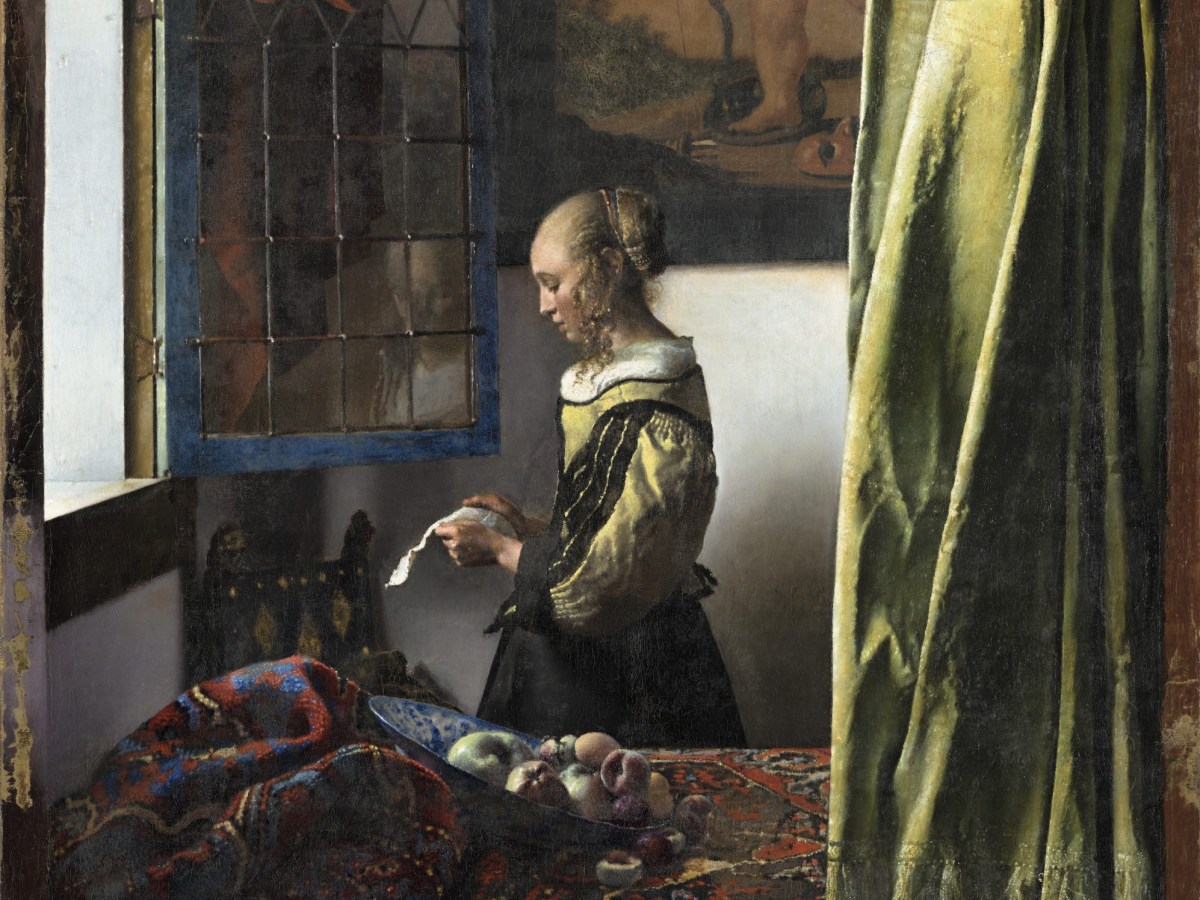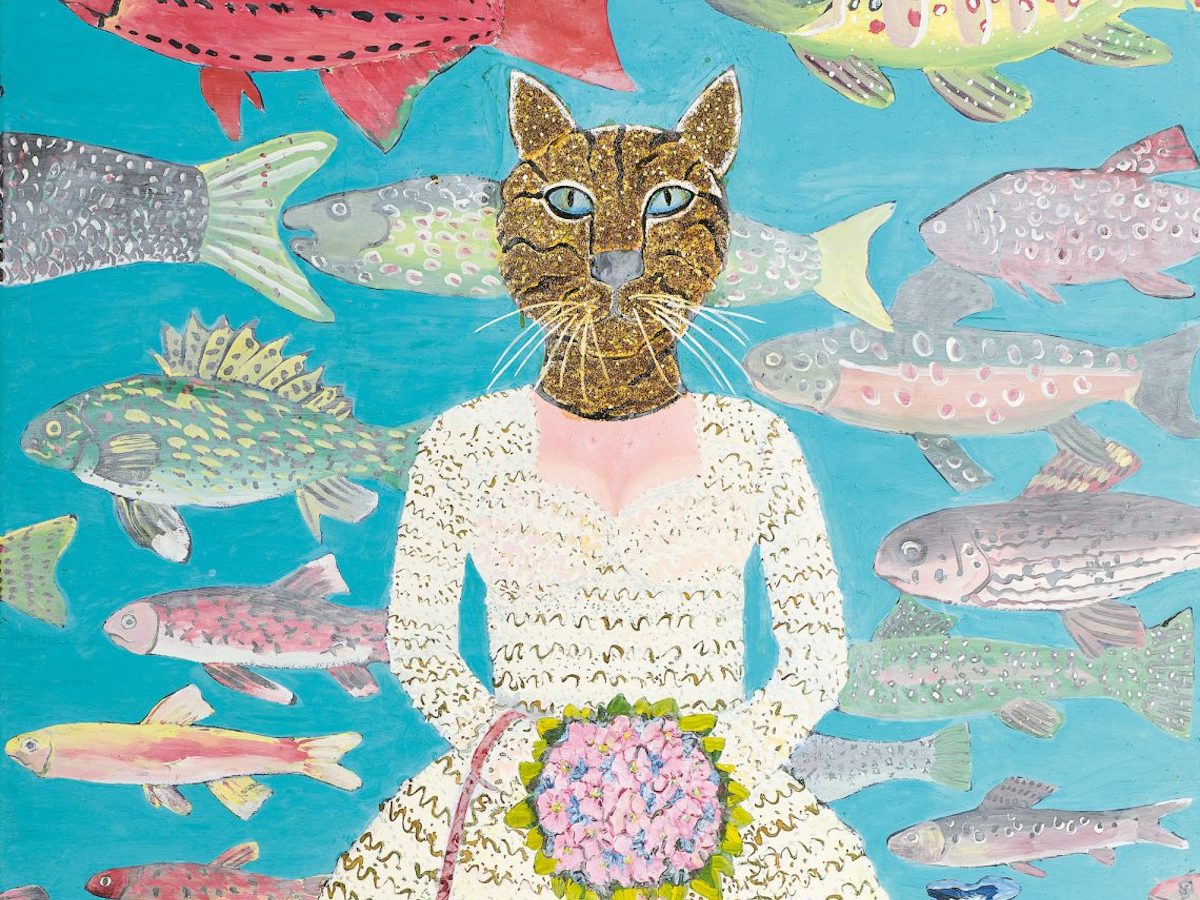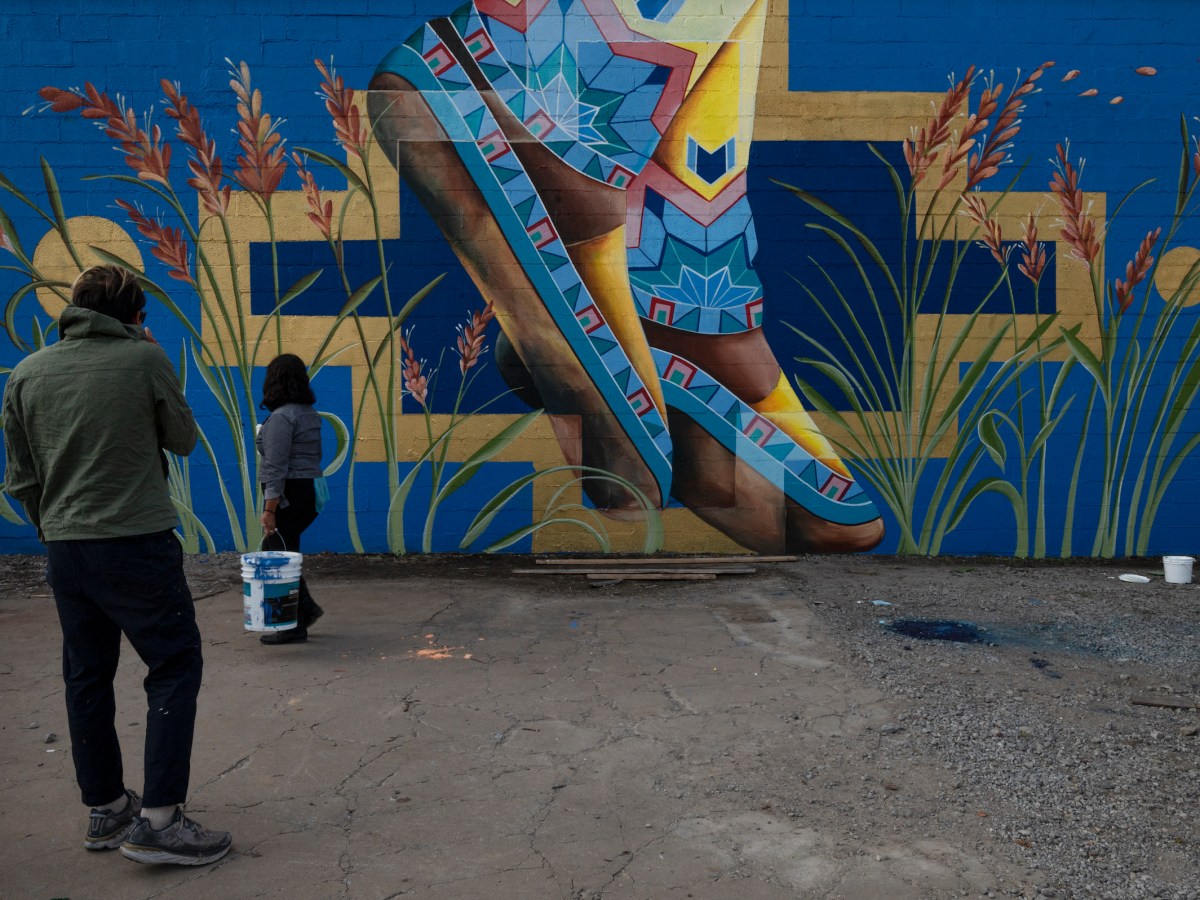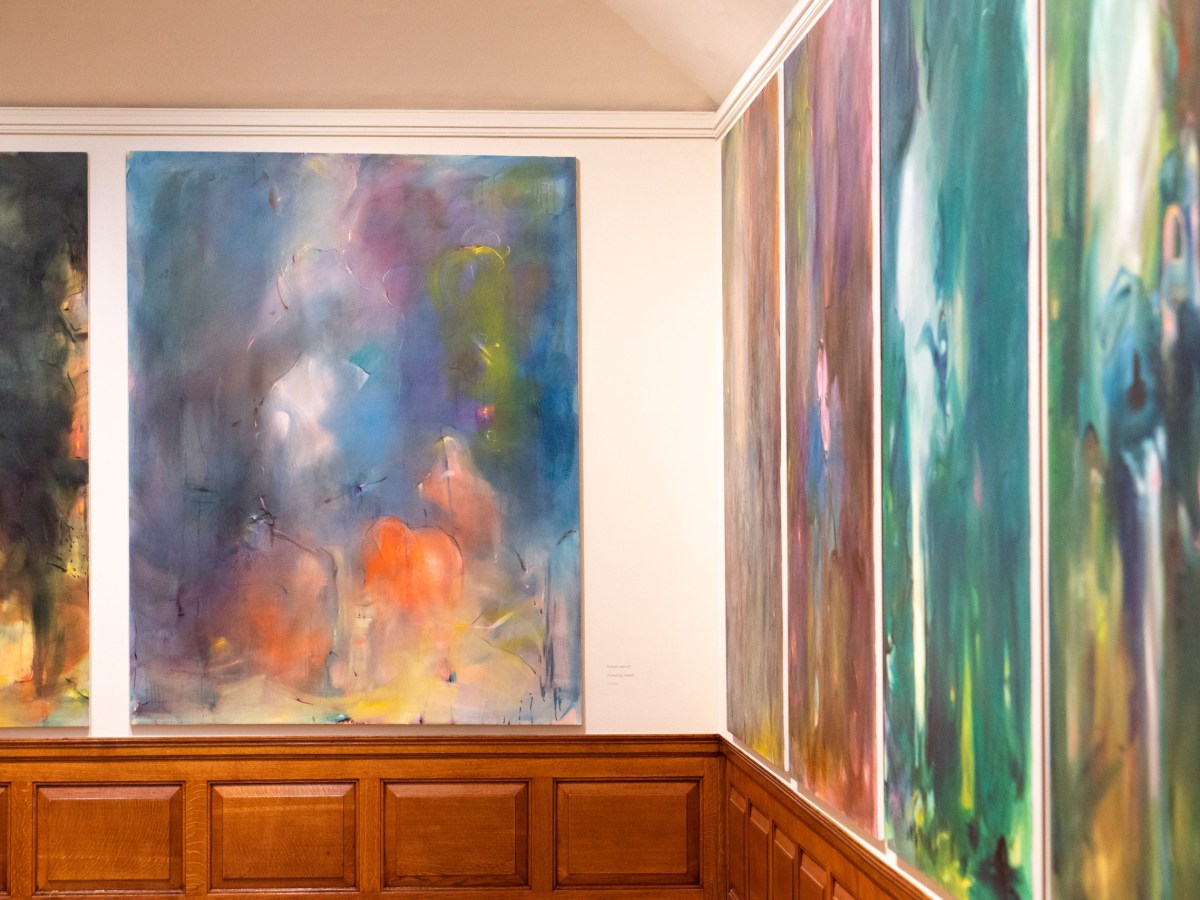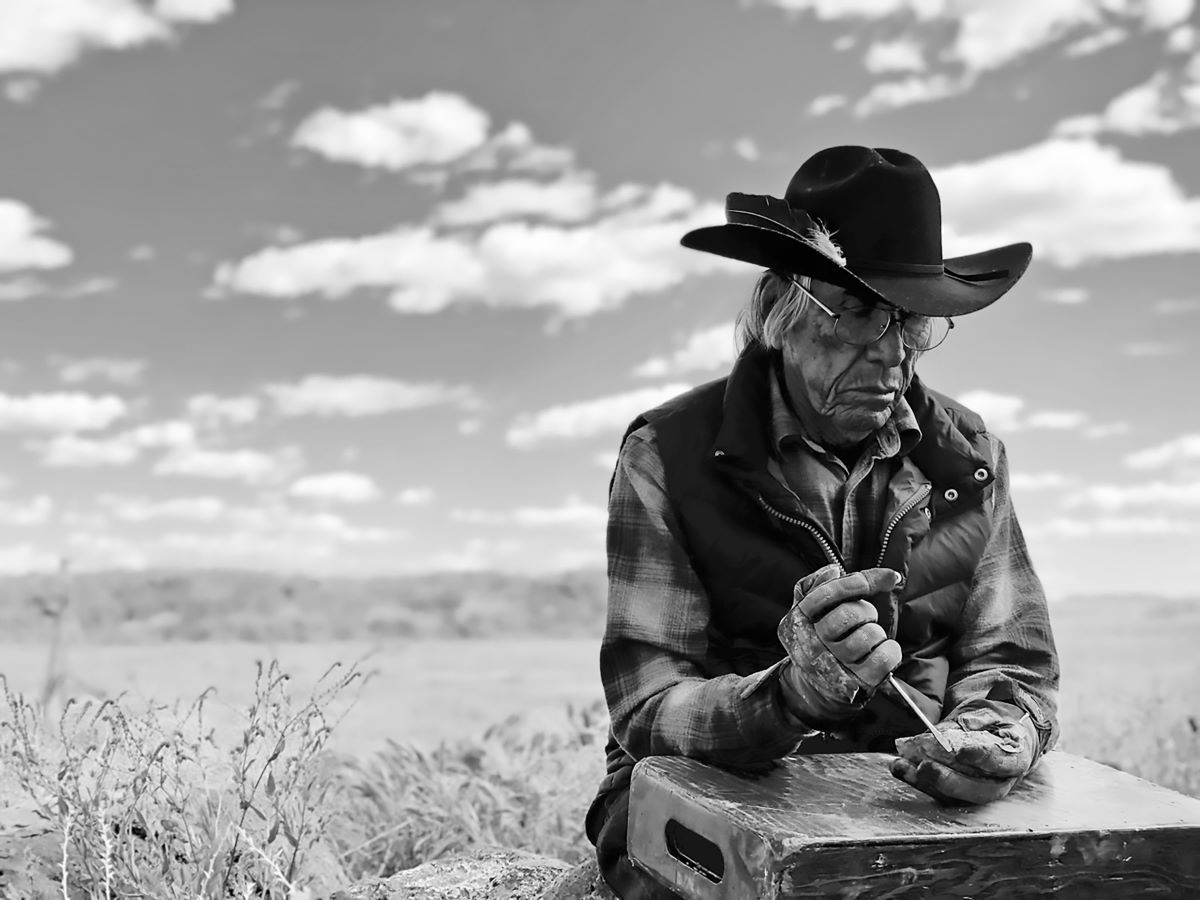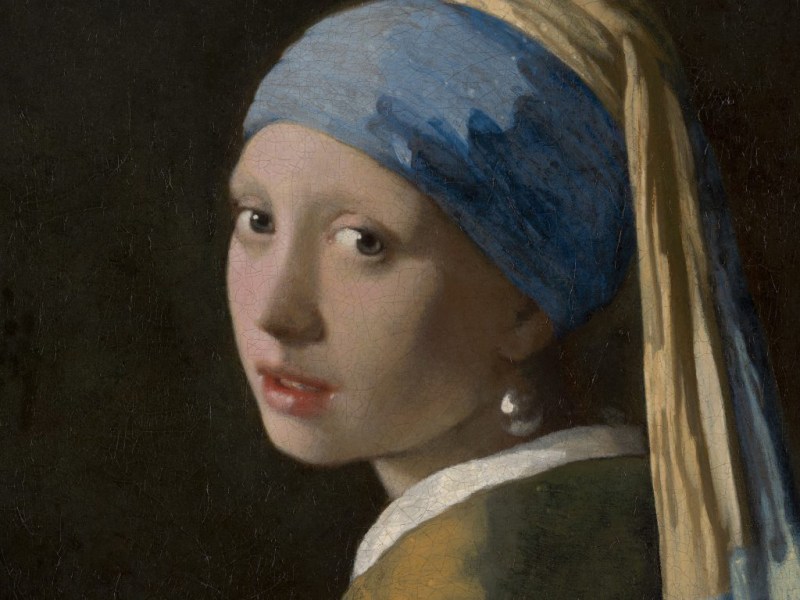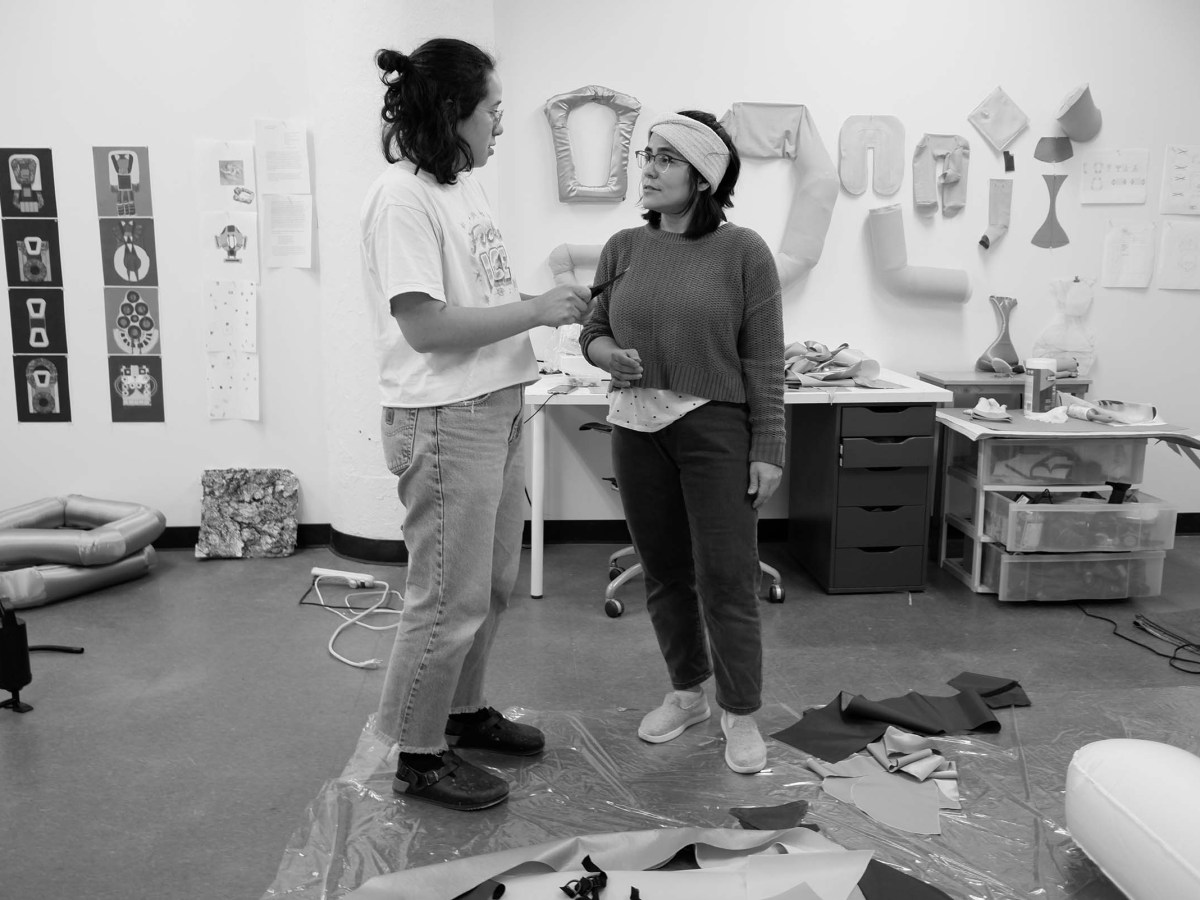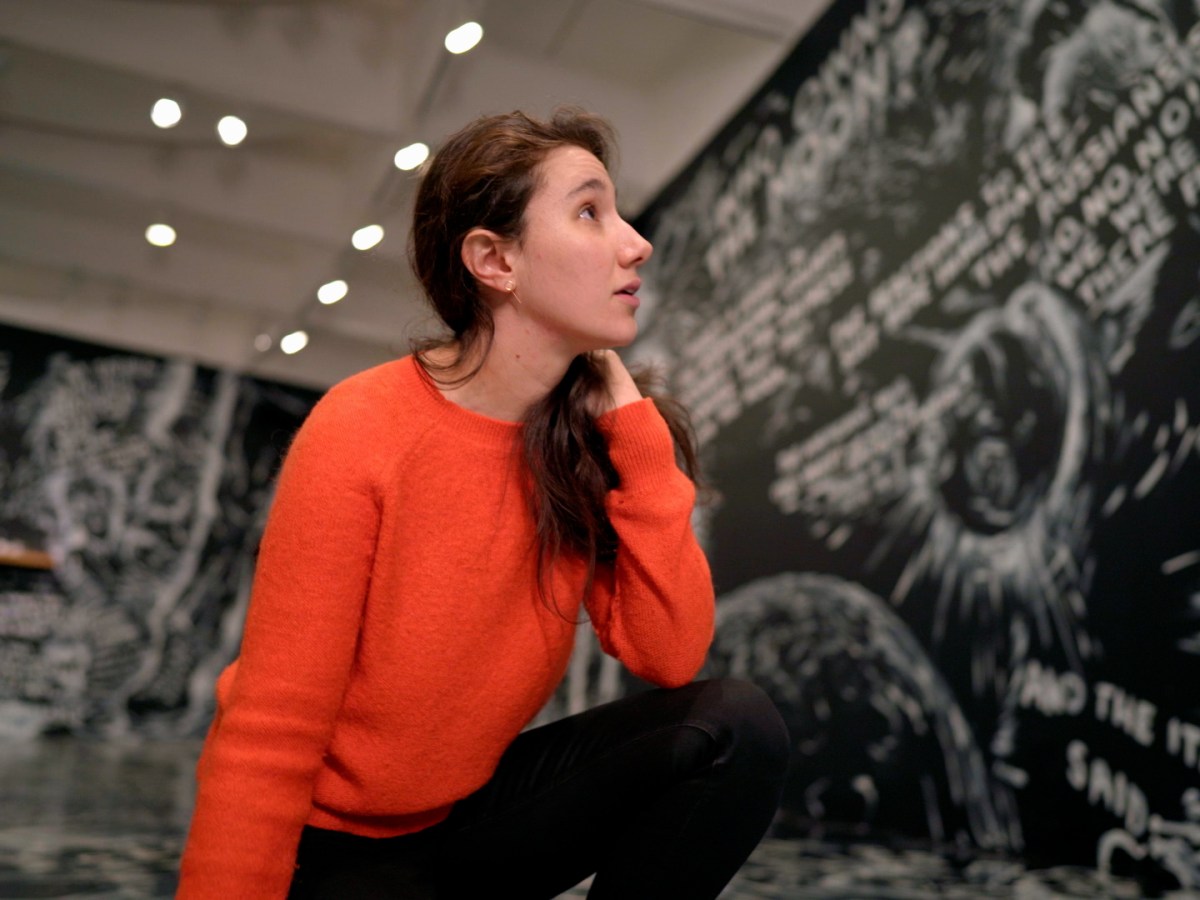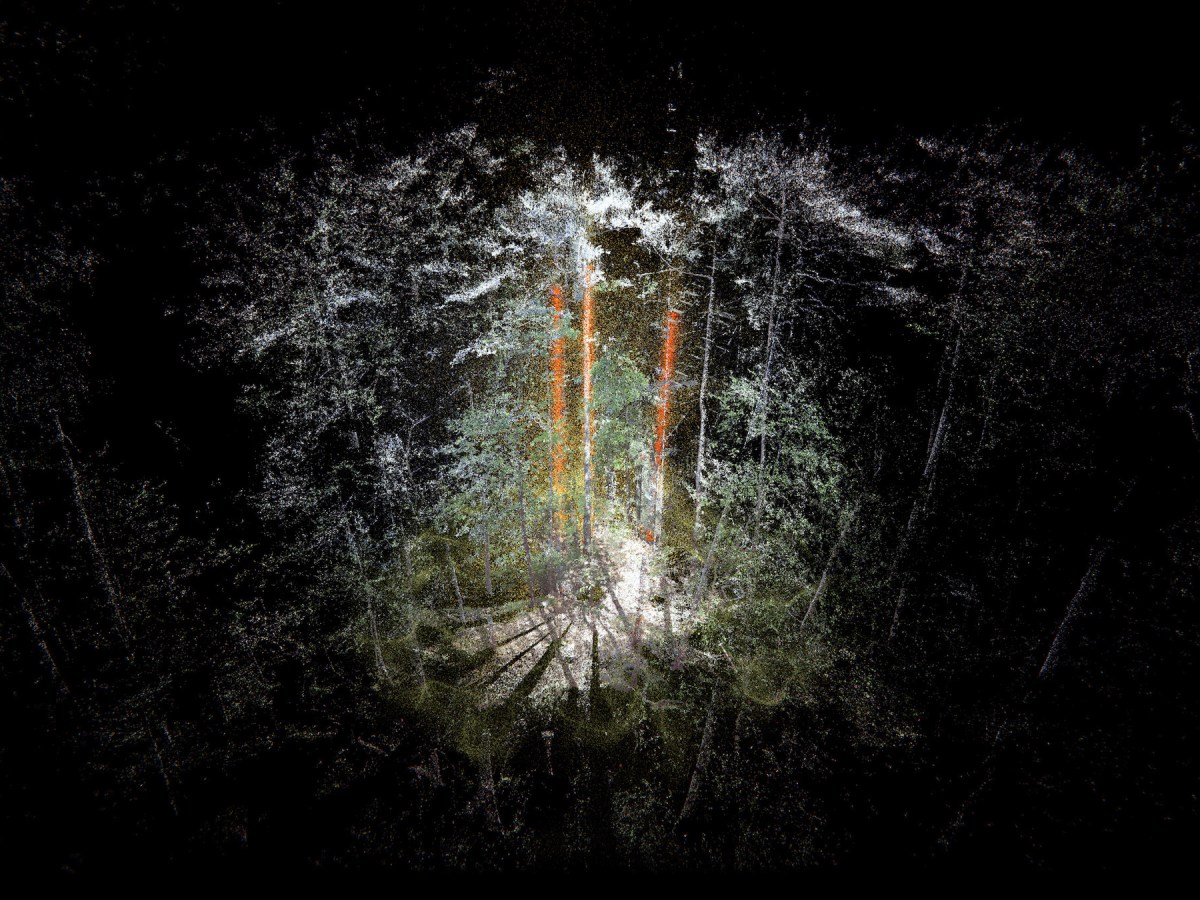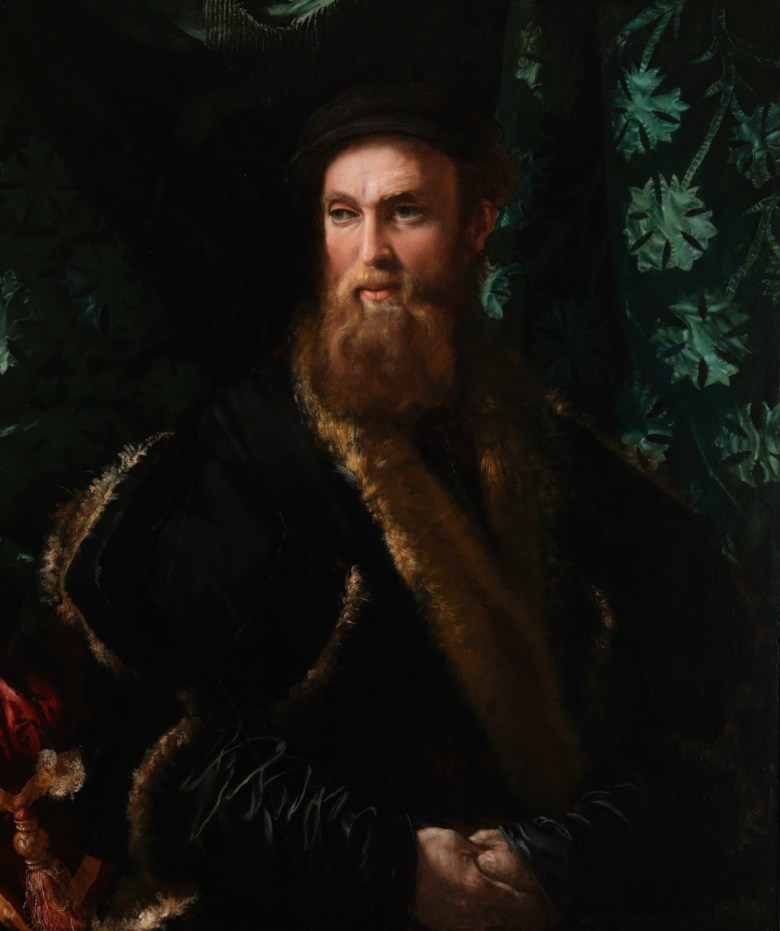
Through a gift from late benefactor Assadour O. Tavitian, an exceedingly rare Renaissance marble portrait has entered the collection of New York’s Metropolitan Museum of Art: Roman artist Francesco Salviati’s c. 1545 depiction of wealthy Italian banker Bindo Altoviti, an enemy of the powerful Medici family.
Bindo Altoviti lived in Rome and enjoyed a lucrative career of distributing loans to European powers including the king of France, a line of popes, and the Venetian government. Shortly after Salviati painted his portrait, however, Bindo assumed a publicly anti-Medici stance and in 1554, the family declared him a rebel.
Salviati’s depiction of Bindo is The Met’s only painting created on marble, and the museum’s curator of European paintings Stephan Wolohojian said the work is also the only large 16th-century marble portrait that he knows of (Roman artists from this time period typically opted for slate). In addition to employing a rarely used material, Salviati’s dark, lush painting also diverged from the dominant artistic styles of Florence, trends which the Medicis would have helped to cultivate through their extensive patronage of the arts.
“It is easy to imagine Bindo engaging an artist to create his likeness on marble in a non-Florentine manner as a defiant gesture against the Medici,” Wolohojian said in a statement. While the painting’s stylistic choices likely sent a message to Florence’s ruling family, the painting is also infused with allusions to Bindo’s wealth. The banker wears a fur-lined coat and is enveloped by velvet, delicately constructed tassels, and silk.
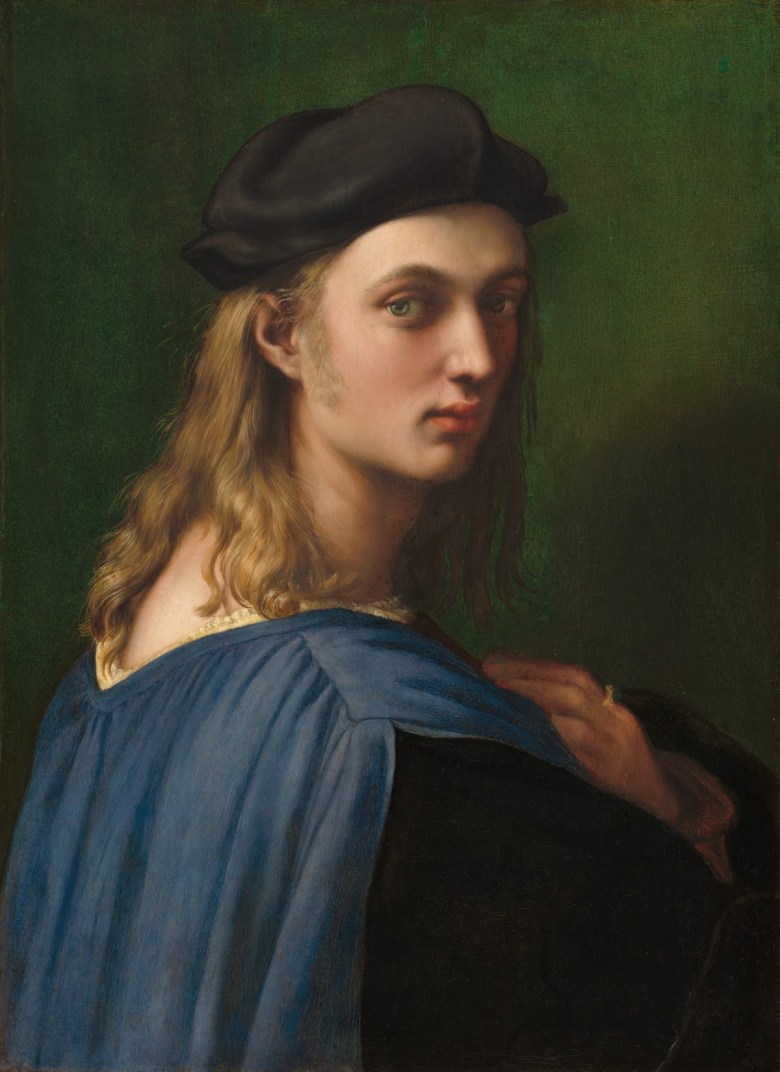
Salviati was successful in his own right. He spent extensive time in Venice and Bologna before returning to Rome, earned commissions from important political figures, joined the workshop of painter and biographer Giorgio Vasari, and even spent a year in France, where his work had become popular.
Salviati’s c. 1545 rendering is the second of three masterful portraits of Bindo. The first is Rafael’s painting of the banker in his youth, created around 1515 when the sitter was 24 years old. Rafael forgoes velvets and fur but crafts Bindo with astounding flattery, delicately painting the young man’s blonde curled hair, green eyes, and flushed cheeks.
A few years after Salviati painted his marble portrait, Benvenuto Cellini created a bronze bust of Bindo’s likeness. The sculpture, in the collection of Boston’s Isabella Stewart Gardner Museum, was included alongside Salviati’s painting in The Met’s 2021 exhibition The Medici: Portraits and Politics, 1512–1570.
Salviati’s portrait of Bino is currently on view in The Met’s Italian Renaissance sculpture and decorative arts gallery and will be moved to the pre-1800s European painting room in November 2023.

